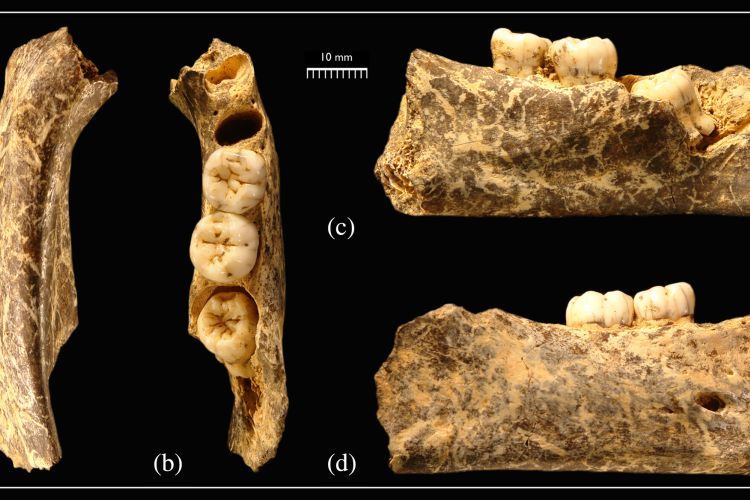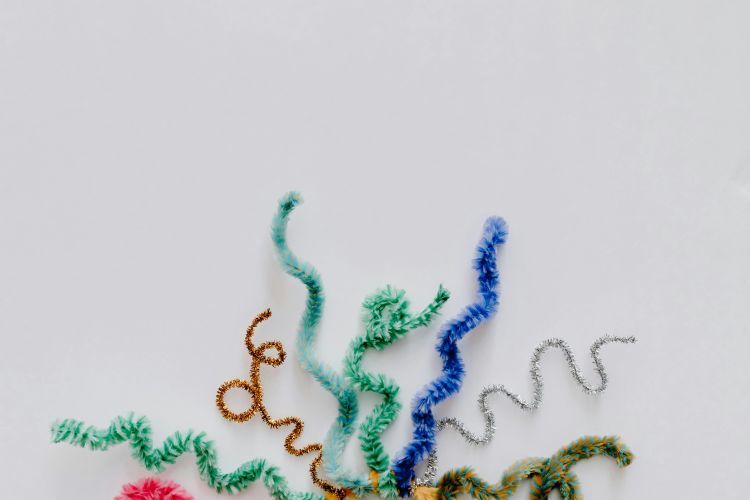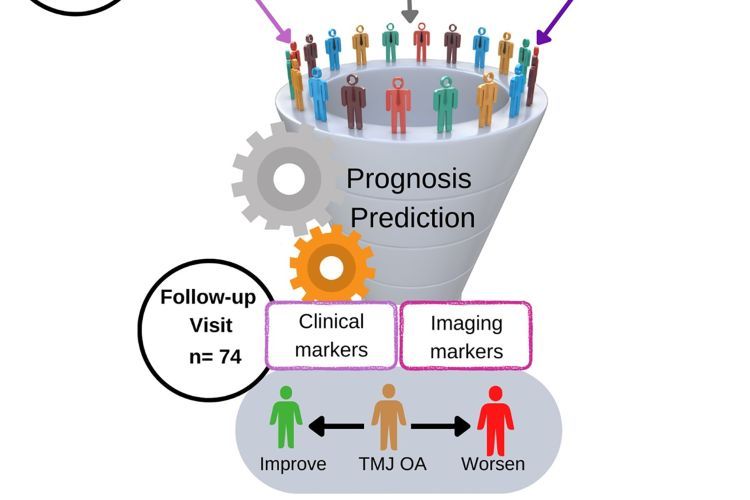Breadcrumb
Three-dimensional digital applications for implant space planning in orthodontics

Fig. 1. Example of patient's digital records. (A) Panoramic image; (B) Cone beam computed tomography 3D rendering; (C) Digital dental model from an intraoral scanner.
What is it?
An overview of 3D imaging tools for implant treatment planning.
What problem does it aim to solve?
Implant failure rates are as high as 20%; good visualization is essential for planning before surgery. “Before, only two-dimensional examinations such as panoramic images (Fig. 1 A) were available to clinicians, limiting the capacity of the evaluation to only vertical and horizontal dimensions of the space while evaluating the edentulous area and planning implants.”
How does it work?
“Combining multisource images such as Cone-Beam Computed Tomography (CBCT) and 3D digital dental models is essential for proper planning and managing implant surgery combined with orthodontic treatment. In addition, the use of data science approaches, advances in the image analysis field, and new AI approaches are becoming more popular among clinicians because of translational research and software availability. Therefore, better and more personalized treatment can be available, helping the clinical decision making and the prognosis.”
What are the real-world implications?
“The orthodontist needs to analyze each patient individually and use different software or tools that better fit their practice, allowing efficient treatment planning and satisfactory results with an adequate prognosis.”
What are the next steps?
While clinicians can benefit from these tools today, ongoing research alongside the ongoing development of and feature enhancements to these tools will help inform best practices.
Source
“Three-dimensional digital applications for implant space planning in orthodontics: A narrative review”, Journal of the World Federation of Orthodontists 11 (2022) 207–215 https://www.sciencedirect.com/science/article/pii/S2212443822000662
Authors
Jonas Bianchi, Arthur A. Dugoni School of Dentistry
Gustavo Mendonca, Department of Biologic and Materials Sciences & Prosthodontics, University of Michigan School of Dentistry, Ann Arbor, Michigan
Maxime Gillot, Department of Orthodontics and Pediatric Dentistry, School of Dentistry, University of Michigan, Ann Arbor, Michigan
Heesoo Oh, Arthur A. Dugoni School of Dentistry
Joorok Park, Arthur A. Dugoni School of Dentistry
Najla Al Turkestani, Department of Orthodontics and Pediatric Dentistry, School of Dentistry, University of Michigan, Ann Arbor, Michigan; Department of Restorative and Aesthetic Dentistry, Faculty of Dentistry, King Abdulaziz University, Jeddah, Saudi Arabia
Marcela Gurgel, Department of Orthodontics and Pediatric Dentistry, School of Dentistry, University of Michigan, Ann Arbor, Michigan
Lucia Cevidanes, Department of Orthodontics and Pediatric Dentistry, School of Dentistry, University of Michigan, Ann Arbor, Michigan





